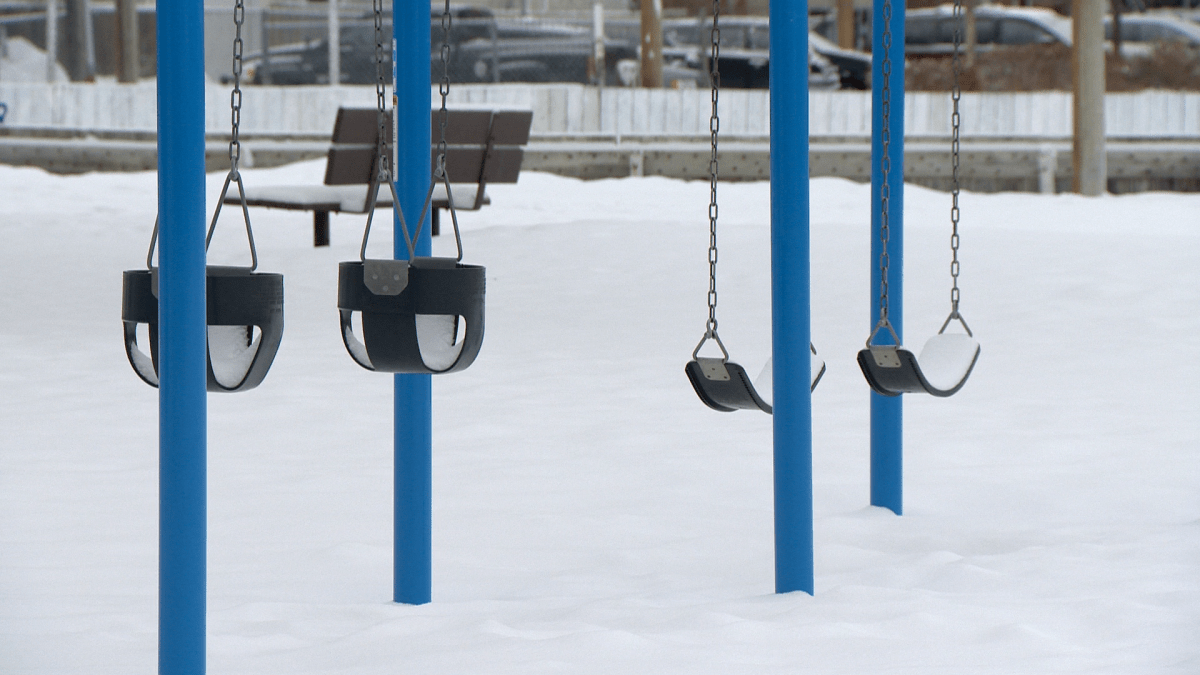A new report by University of Regina professors and researchers sheds a light on child poverty rates in Saskatchewan.

The report written by Miguel Sanchez and Garson Hunter uses the latest available data from 2018. The report found that the province continues to hold one of the highest child poverty rates in Canada, with over a quarter of Saskatchewan children living in poverty.
The report also found that children living in lone-parent families experience the highest poverty rate. Less than 5 per cent of lone-parent low income families have a male parent.
Sanchez believes low income families with a woman as the lone parent are more impacted because they have a lower economic status compared to men.
He said female-led, lone-parent families can also lack access to available and affordable housing.
“There are significant difficulties for people in general to access child care and this affects particularly more female led lone-parent families,” Sanchez added.
Another alarming statistic that Sanchez found is that 28.6 per cent of children living below the poverty line are between the ages of 0 and 6.

Get daily National news
Sanchez finds this concerning as children at this age are at their most developmental stage.
“We know that by the age of three, poor children are likely to be nine months behind from children from richer homes,” Sanchez explained. “Children who experience poverty between these ages are more likely to suffer chronic illness during childhood or to have a disability.”
“I think this is an area that needs to be emphasized and actions need to be taken so that we can prevent further damage to these already vulnerable population,” he added.

The findings are part of the Saskatchewan Child and Family Poverty report; the full report can be found at the Campaign 2000 website. Campaign 2000 is a nationwide public education movement to raise awareness for the federal government’s 1989 promise to end child poverty by the year 2000.
Using Statistics Canada data, Sanchez has been producing these report cards since 2016. He and Hunter have been researching child poverty for more than 30 years now with the Social Policy Research Centre.
Sanchez believes it’s important to put these report cards together to advocate for the most vulnerable.
“(Children are) vulnerable not only because of their dependence on their parents, but also they are very vulnerable because they are not represented and they have no right to vote,” Sanchez said.
In an emailed statement to Global Regina, Minister of Social Services Lori Carr said she would like to recognize Campaign 2000 for their work over the past 30 years raising awareness for child poverty across the country.
“In that time period, Saskatchewan’s child poverty rate has decreased by close to 20 per cent. Since 2007, we have made around a 90 per cent increase ($275M) in our investments in vital income assistance programs for low-income families and 112,000 low-income people have been removed from the provincial tax rolls through provincial income tax reductions,” Carr wrote.
Carr listed a number of programs that the ministry has implemented to help Saskatchewan families.
The Saskatchewan Income Support (SIS) program was launched in 2019 and helps individuals overcome challenges, earn more income and start a career, said Carr.
The ministry is also working with community organizations, particularly Indigenous partners to develop additional, culturally-appropriate services and supports for vulnerable children and families.
“The Saskatchewan Growth Plan identifies additional ways government will ensure Saskatchewan families and communities continue to experience a better quality of life. This includes building safer communities, improving education and childcare, increasing access to mental health and addiction services and supporting engagement with the labour market,” Carr said.
Sanchez said that research found both federal and provincial support programs have been inadequate in providing assistance to low income families.
Without government support, the 2018 child poverty rate of 26.1 per cent would have been 39 per cent, according to the report.
He said a combination of federal and provincial support programs in addition to other measures such as minimum wage increase, elimination of precarious work and barriers to asking government assistance and providing access to affordable health care, housing and childcare will improve children’s lives.









Comments